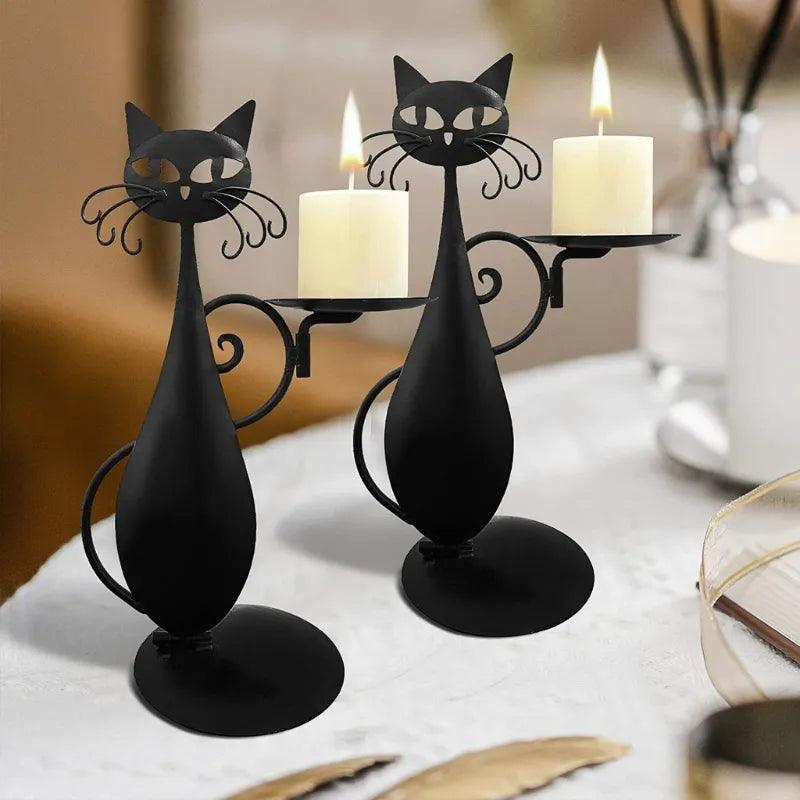Cats communicate in various ways. While body language plays a significant role, one of the most intriguing ways of communucation is through their diverse repertoire of sounds and vocalizations. Latest studies show that cats can produce over 100 different sounds and at least 16 vocalizations. From the gentle purring of contentment to the sharp yowls of displeasure, each sound serves as a unique expression of their thoughts, feelings, and needs. In this article, we will delve into the rich tapestry of the common sounds produced by cats, offering insight into their complex language and a better understanding.
The Melodic Meow
Probably the most recognizable sound in the feline world, meowing is a remarkably versatile form of communication for cats, serving as their primary means of interacting with humans. From soft mews to loud demands, each meow carries its own distinct message. Whether it's a greeting at the door, a request for food, or a call for attention, cats utilize meows to convey their needs and desires effectively. Interestingly, while adult cats primarily meow to communicate with humans, they typically use other vocalizations, such as yowling or chirping, to communicate with other cats. By paying attention to the nuances of their meows, cat owners can better understand their cats' needs and desires.
The Contented Purr
Another universally recognized sound is the gentle purring. This soft, continuous rumble is often associated with contentment and relaxation. Cats purr when they're feeling comfortable, whether they're curled up in your lap or enjoying a sunny spot by the window. Although mostly associated with contentment, cats may also purr when they're in pain or distress, suggesting that purring might serve as a self-soothing mechanism. The frequency and rhythm of the purr can vary between individuals and situations.
The Chirp or Trill
Less commonly heard than meows or purrs, chirping and chattering are unique vocalizations often observed in cats when they're observing birds or other small prey animals through a window. It's believed that cats make these sounds out of frustration or excitement at not being able to reach their prey. Some researchers also suggest that chirping and chattering might mimic the sound of birds or rodents to lure them closer, although more studies are needed to confirm this theory definitively.
The Hiss or Growl
When cats feel threatened, scared, or agitated, they may resort to more aggressive vocalizations like hissing or growling. These harsh, guttural sounds serve as a warning to potential aggressors, signaling a readiness to defend themselves if necessary, and are often accompanied by defensive postures such as arching the back, flattening the ears, or baring teeth. Hissing and growling indicate that a cat is feeling cornered or uncomfortable and may escalate to more aggressive behavior if the perceived threat persists. While unsettling to hear, these vocalizations play a crucial role in maintaining a cat's safety and boundaries.
The Yowl or Caterwaul
During mating season or when seeking a mate, unneutered cats may produce loud, plaintive sounds known as yowls or caterwauls. These vocalizations are typically long, drawn-out, and can be quite loud, associated with mating behavior or territorial disputes. Neutering or spaying can significantly reduce the frequency and intensity of yowling behavior in cats.
Understanding the various sounds and ranges of cat vocalization can deepen our bond with these fascinating creatures and help us better meet their needs and understand their emotions. By paying attention to their cats' vocal cues and responding with empathy and understanding, cat owners can deepen their bond with their feline companions and ensure their well-being and happiness.
Want to showcase your love for cats while helping cat in need? Shop at Just Cats for amazing cat-inspired items and 30% will go to helping homeless cat. Read more abuyt it here











